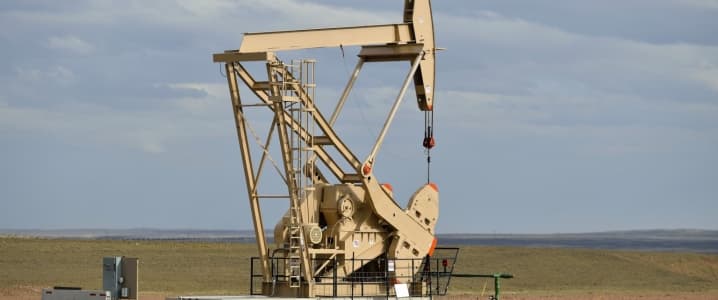It is national flip-flop day, and the oil market is acting accordingly. After reaching a one-month low after six consecutive days of losses, crude has changed direction today, and is relief-rallying into the weekend on easing Brexit fears (ergo, a weaker dollar) and broader improving economic sentiment. Hark, here are five things to consider in oil markets today:
1) Before we revisit Venezuela, let us first take a look at crude oil loadings for Latin America on the whole. Just as yesterday we were able to highlight a distinct trend for rising crude exports to Asia, the chart below illustrates that Latin American crude loadings have been gradually weakening over the last year or so.
Brazil and Venezuela account for the lion’s share of exports from the region, making up for three-quarters of exports – or ~4.1 million barrels per day. Colombia and Ecuador are next, with 13 percent and 7 percent of loadings, respectively.
As exports drop off from these countries amid the lower oil price environment and economic turmoil, loadings are averaging nearly 200 kbd lower year-on-year through April, compared to a rise of over 500 kbd through last April. While Brazilian exports have held up, Venezuelan exports are shrinking.
(Click to enlarge)
2) Fears are rising of a default by Venezuela’s state-run oil company, PdVSA, as it faces debt servicing of $4.4 billion this year (hark, below). We spoke earlier in the week about how Venezuela is trying to seek a one-year grace period from China on its oil-for-loans deal, amid signs of credit issues for oil payments with Nigeria and the U.S.
Nonetheless, Venezuelan oil minister Eulogio Del Pino has said that an oil price of $50 is enough for them to avoid defaulting on their debt, while again affirming it is trying to renegotiate its debt payments with China. Average production costs for PdVSA are estimated at ~$12/ bbl, while the South American nation relies on oil for 95 percent of is export revenue.
(Click to enlarge)
3) The worrying headline for the day comes via the mighty @spztrader: ‘Indian monsoon to wash away diesel demand surge‘. India has been taking over the mantle of leading source of demand growth from China this year, but a stronger-than-expected monsoon season could derail this.
Above-average rainfall could mean less need for farmers to use diesel-fired irrigation pumps, while industrial activity typically slows over the monsoon period anyway. Industry such as road construction virtually stops during the period, which runs for four months starting in June. Lest we forget, India is building 30 kilometers of road per day. (I love that stat).
4) There are a few splendid charts in the current edition of the EIA’s ‘This Week in Petroleum‘, one of which is below. It shows inventories in the U.S. in terms of days of supply for both gasoline and distillates. Despite elevated gasoline inventories in the U.S. amid strong refining runs in the last year and a half, strong demand has offset this to keep days of cover remaining stable.
As distillate demand dropped off precipitously over the winter, inventories ramped up, spiking days of cover higher. But as we have seen returning strength in demand in recent months and counter-seasonal stock draws, days of cover are leveling off again:

5) Finally, the flip-side (flip-flop side?) of rising oil prices in Russia is that higher oil prices mean a stronger currency – which curbs margins for Russian producers, as a rising ruble increases drilling and other costs.
The Russian government, however, has no doubt enjoyed the ~75 percent increase in crude since January; given high taxation, it is estimated it receives 90 cents from every $1 increase in oil prices.
By Matt Smith via ClipperData
More Top Reads From Oilprice.com:
- Expect Much Higher Oil Prices As The Cycle Comes To An End
- Where Does Wall Street See Nuclear Energy Going?
- Oil Continues To Tumble On Brexit Fears



















